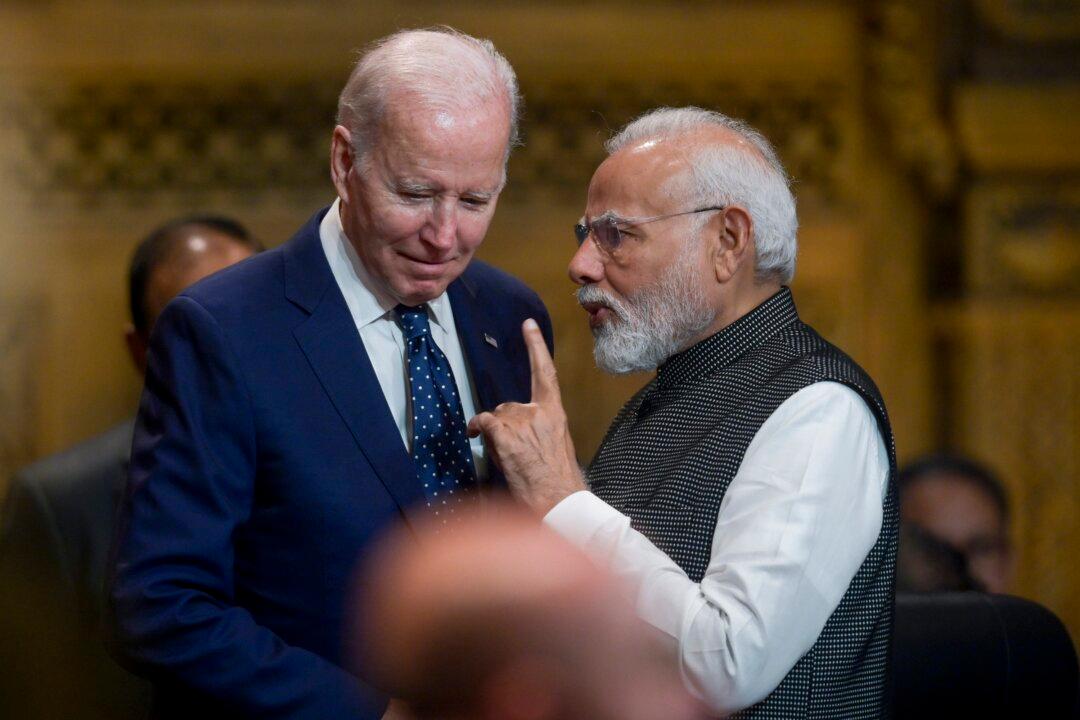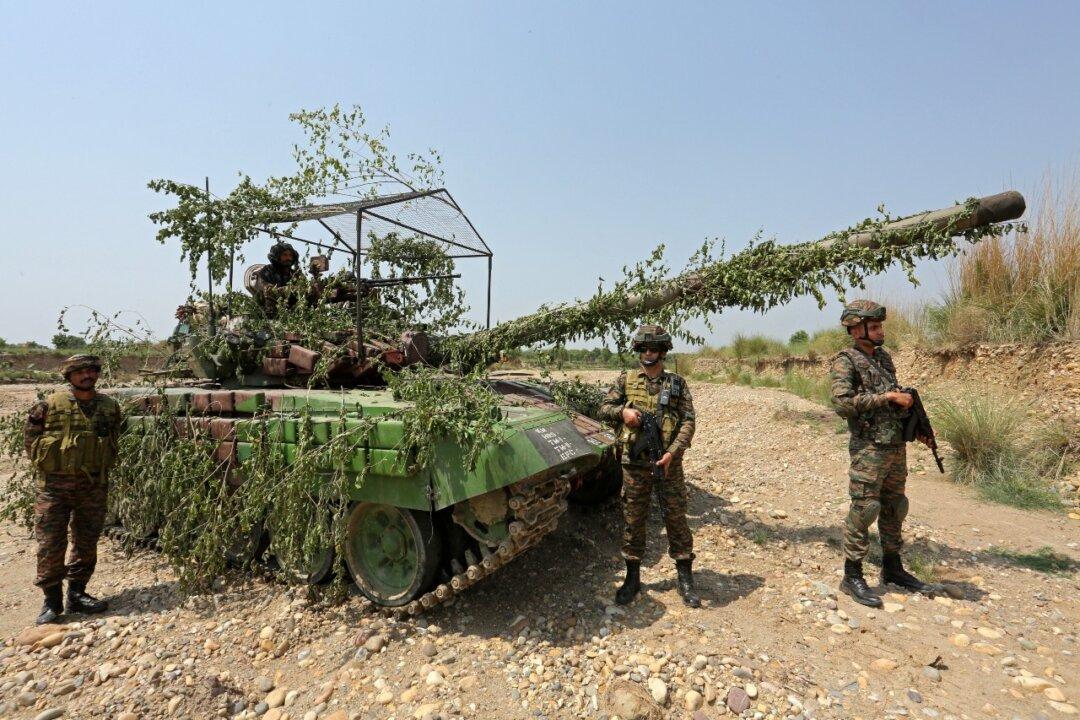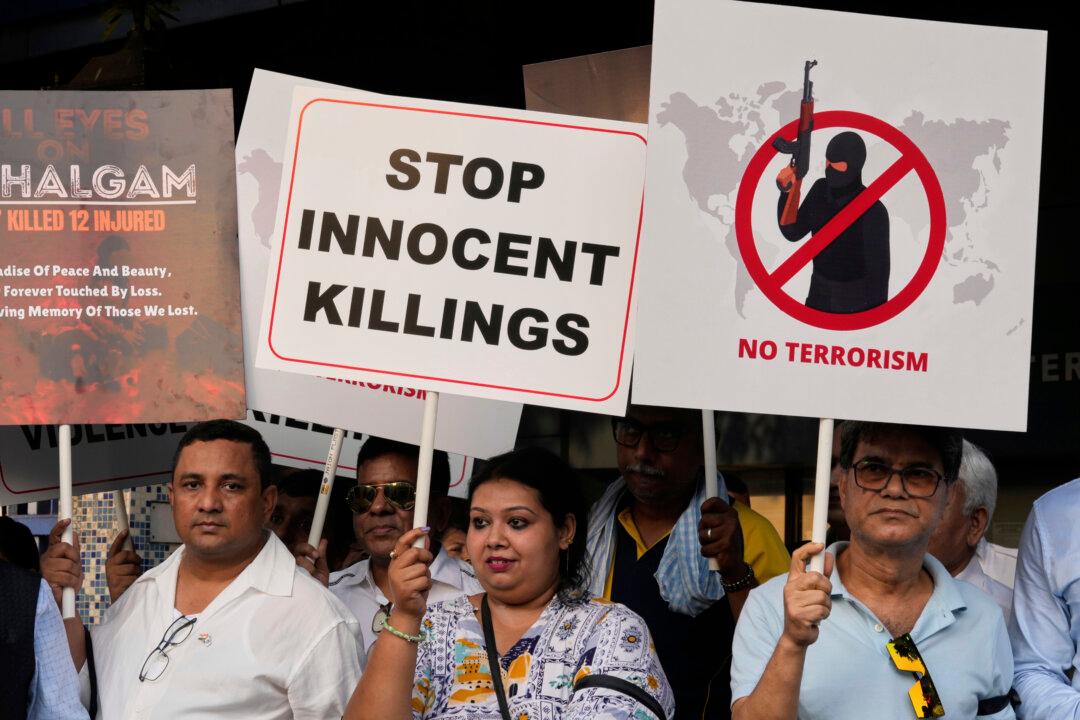This article is part of a series titled “India: The Next Five Years.” Conversations with subject experts, thought leaders, innovators, strategists, and diplomats will explore India’s foreign relations and its global outlook from 2024 to 2029.
The Chinese regime will remain a key factor in defining the U.S.–India strategic partnership over the next five years, experts say, as both countries navigate elections and potential leadership changes in 2024.





